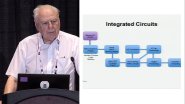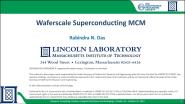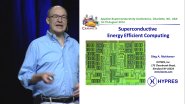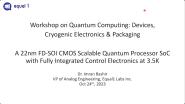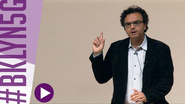Digital integrated circuits
What are Digital Integrated Circuits?
A digital integrated circuit is an electronic device that collects several digital electronic components on a small semiconductor chip. Usually, each integrated circuit (IC) is designed to perform a particular function. The defined functionality could be to apply the logic AND on three (3) inputs, or to act as a decoder turning one of several outputs “on” based on the logic of the inputs. It could even be as expansive as a microprocessor. Integrated circuits can be categorized as digital or analog. Typically, analog ICs work on continuous signals (a continuous signal is a varying quantity whose domain, which is often time, is a continuum), which include audio signals, temperature, and pressure. On the other hand, digital integrated circuits control discrete signals (a discrete signal is a time series constituting a sequence of quantities), which entails binary values.
The Nature of Digital ICs
Digital integrated circuits handle discrete signals of binary values that fluctuate between (0) and (1). Digital ICs are also referred to as switching circuits due to their voltages' input and output, which are limited to two levels; high and low, i.e. binary. Contrary to a continuous-time signal, a discrete signal has a predetermined step size and the signal "steps" from one value to another. For example, the integers between zero and ten act like a discrete signal where values can only be whole numbers. In contrast, a continuous signal with values from zero to ten could be any value from zero to ten including all decimals in between, such as 1.2, 1.03, or 1.0000000004. However, a discrete signal may be obtained by sampling a continuous-time signal.
Digital integrated circuits use flip flops, multiplexers, and digital logic gates. These circuits can be economical and easier to design, but that depends on the complexity and intended function. Digital integrated circuits appear in linear integrated circuits (Linear ICs) and radio frequency integrated circuits (RF ICs).
Digital ICs typically consist of a grouping of diodes, microprocessors, and transistors. Each plays unique roles such as voltage storage, control of current flow, and memory provision to the entire system. There are over a billion transistors in the modern digital circuit. That suggests the need for integrated circuits that put together a small or large number of these transistors to achieve efficiency in specific functionality. These circuits are beneficial to users as they offer a high level of reliability at a low cost.
Use and Application
Digital integrated circuits are used often in the electronic representation of Boolean algebra and stand out as the basis of all digital computers. Digital ICs are also used to process digital information without connecting up like a computer. Excellent examples of electronics that use digital integrated circuits include timers, logic gates, calculators, counters, and microprocessors.
Different types of digital ICs have a wide range of applications:
- Programmable ICs: these are used to build a reconfigurable digital circuit.
- Memory chips: These are tiny wafers of semiconducting material used to store data or programs for future retrieval. Examples are RAM, ROM, CMOS, and Flash.
- Logic ICs: This is one or more digital input signals represented by (1) or (0) and is used to produce a digital output signal
- Power management ICs: These are integrated circuits used for power management.
- Interface ICs: These present a complete electronic interface circuit functions in a distinct chip to increase reliability while reserving on design effort, size and cost.
